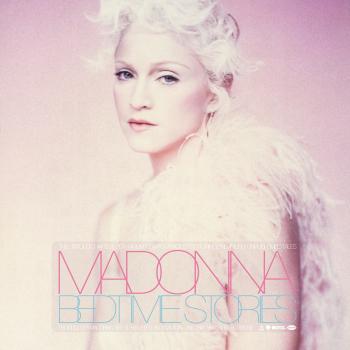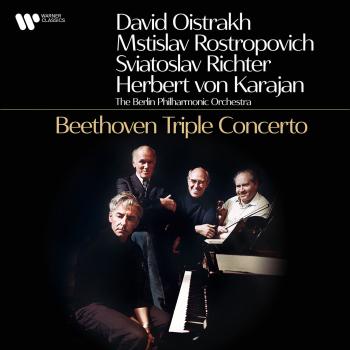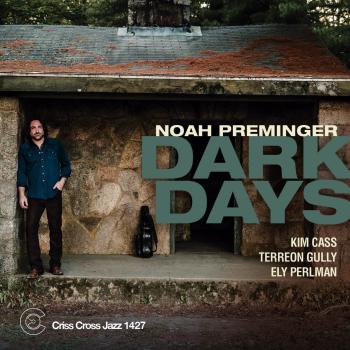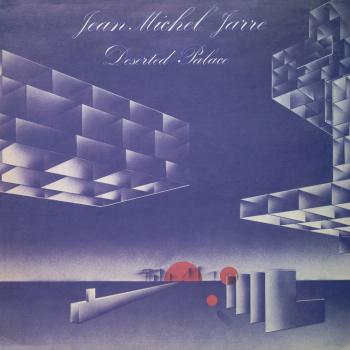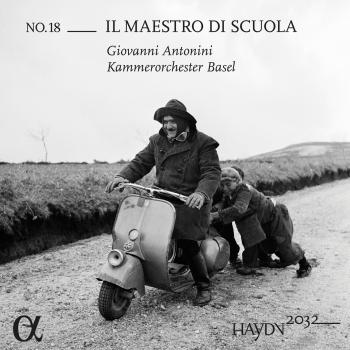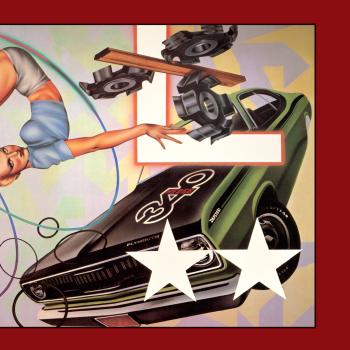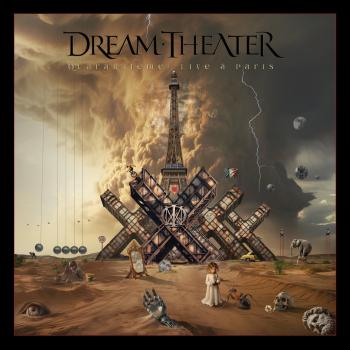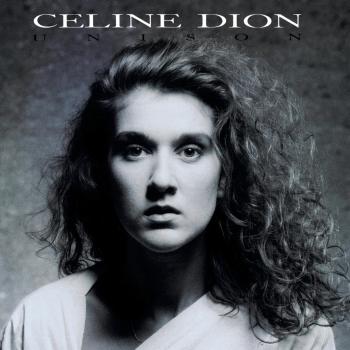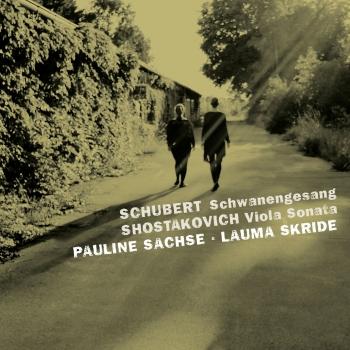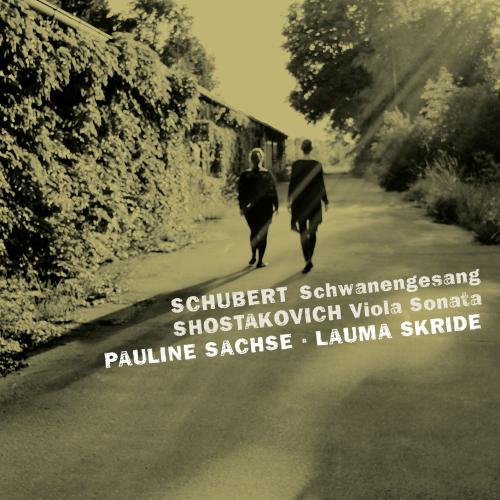
Schubert: Schwanengesang - Shostakovich: Viola Sonata Pauline Sachse & Lauma Skride
Album Info
Album Veröffentlichung:
2017
HRA-Veröffentlichung:
20.01.2017
Label: CAvi-music
Genre: Classical
Subgenre: Chamber Music
Interpret: Pauline Sachse & Lauma Skride
Komponist: Dimitri Shostakovich (1906-1975), Franz Schreker (1878–1934)
Das Album enthält Albumcover Booklet (PDF)
- Franz Schubert (1797 - 1828): Schwanengesang, D. 957:
- 1 I. Liebesbotschaft 02:45
- 2 II. Kriegers Ahnung 04:44
- 3 III. Frühlingssehnsucht 02:07
- 4 IV. Ständchen 03:09
- 5 V. Abschied 04:02
- 6 VI. Das Fioschermädchen 01:47
- 7 VII. Am Meer 03:17
- 8 VIII. Die Stadt 02:36
- 9 IX. Der Doppelgänger 03:53
- 10 X. Ihr Bild 02:13
- 11 XI. 11 Der Atlas 01:51
- Dmitri Shostakovich (1906 - 1975): Sonata for Viola and Piano, Op. 147:
- 12 I Moderato 09:10
- 13 II Allegretto 07:49
- 14 III Adagio 12:07
- Franz Schubert (1797 - 1828):
- 15 Die Taubenpost, D. 965a 03:22
Info zu Schubert: Schwanengesang - Shostakovich: Viola Sonata
Both, Schubert's Swan Song and Shostakovich's Viola Sonata are their last work: Swan Songs. Pauline Sachse is a young but nevertheless amazing Viola player who works on various areas, performance artist, soloist and chamber musician as well as a Professor at the Dresden Hochschule for Music . Her first Solo album shows already heavy weight with the Viola-Version of the Schwanengesang by Schubert and Shostakovich’s Viola Sonata. Her partner is Lauma Skride, also very well known in the wider artist circles throughout. The recording is a Co-Production with Deutschlandradio Kultur.
„According to a Greek myth, the voices of swans have an otherworldly beauty, and their song is a foreboding of death. Such ethereal beauty emerges in moments which are to be treasured and preserved with care. The two works on this release stem from two outstanding composers who, at the end of their lives and in thoroughly different contexts, produced creations of lasting value. Schubert’s life came to an end at age 31, barely eighteen months after the death of Beethoven, whom he secretly revered as a model. He learned of Beethoven’s death when he had just finished composing Winterreise, a cycle of “chilling songs”, as he described them. Schubert’s friends later partially blamed the grim content of Winterreise for his early demise........
Shostakovich wrote his Sonata for viola and piano within an extremely brief period of time.
On 25 June 1975, Fyodor Druzhinin – the violist of the Beethoven Quartet, who were the composer’s friends – received a telephone call from the Shostakovich, informing him that he was working on a viola sonata and wanted to clear up initial technical matters with him. Shostakovich’s health had always been quite poor; by this time, after having suffered two heart attacks and a muscle disease, he was additionally weakened by years of fighting lung cancer.
Shostakovich finished his score on 5 July and passed away on 9 August. Fyodor Druzhinin and Mikhail Muntyan premiered the work only a few weeks later, on 25 September. The composer therefore never had the opportunity to hear what his work sounded like.
Shostakovich’s political outlook and his ambiguous attitude vis-à-vis the political system of the USSR have been much discussed; his music, however, remains clear and honest. He exposed the grotesque masks and masquerades of human society. In his compositions he chronicled his day and age, a period characterized by hypocrisy, fear, treason, unimaginable human vileness and an excessive cultivation of image on the part of those in power. His music is thus now as urgently appropriate as it ever was.” (From the Booklet-Notes by Pauline Sachse)
Pauline Sachse, viola
Lauma Skride, piano
Pauline Sachse
In 2013, she accepted a professorship at the Carl Maria von Weber School of Music in Dresden. Around the same time, she resigned from her post as principal Violist with the Berlin Radio Symphony and left her position as guest professor at the Hanns Eisler School of Music to dedicate herself fully to her teaching role in Dresden as well as to chamber music and other artistic activities.
Much in demand as a chamber musician, she gives concerts with such artists as Isabelle Faust, Stella Doufexis, Tabea Zimmermann, Lars Vogt, Lauma Skride, Christian Tetzlaff, Anna Prohaska, Martin Helmchen, Marie-Elisabeth Hecker, Harriet Krijgh, Martin Fröst, Antje Weithaas, Benjamin Schmid and Janine Jansen. She is also regularly invited to perform at festivals such as the Salzburger Festspiele, the Heidelberger Frühling, Spannungen in Heimbach, the Moritzburg Festival, the Schwetzinger Festival, and the Mecklenburg-Vorpommern Festival.
Born in Hamburg, Pauline Sachse received her musical education at the Hanns Eisler School of Music, the UDK Berlin, as well as the Yale University (USA) with Jesse Levine, Wilfried Strehle and Tabea Zimmermann, whose Assistant she became at the Hanns Eisler School of Music from 2007 onwards. She gained further valuable experience and important impulses from a period of study with the Alban Berg Quartet.
In ensembles including the Mahler Chamber Orchestra, the Lucerne Festival Orchestra, the Bavarian Radio Symphony Orchestra and the Berlin Philharmonic Orchestra, she has worked with conductors such as Claudio Abbado, Daniel Barenboim, Mariss Jansons, Simon Rattle and Seiji Ozawa.
Pauline Sachse’s multi-faceted repertoire is reflected in her discography. As well as compositions by Schumann, Brahms, Shostakovich, and Hindemith, her recordings also include a number of premieres and first recordings, including Christian Jost’s Hamlet Echoes and the first recordings of various sonatas by Franz Benda and Giorgio Antoniotto from the early classical period.
Both her artistic and pedagogic approaches combine a wide variety of art forms, reflecting the fact that her initial contact with music was through classical dance, which she began learning at the young age of three and in which she trained intensively for many years. Nowadays, she expresses her ideas in stone and in words, as well as in her main language: music. Through sculptures, essays, dance, and music, she integrates various artforms in her pursuit of genuine artistic expression.
With homes in Berlin and Dresden, Pauline Sachse performs all over the world. Her indispensable companion on stage is Madame Butterfly, a viola crafted in 1610 by Paolo Maggini in the Italian city of Brescia.
Lauma Skride
Awarded the Beethoven Ring in 2008, Lauma is highly acclaimed for her interpretations of Germanic classical and romantic repertoire. In recent seasons, Lauma Skride has appeared with Frankfurt Radio Symphony Orchestra, Hamburg Symphony Orchestra, Dresden Philharmonic, and the Orquesta de Gran Canaria. Lauma Skride performs with such conductors as Andris Nelsons, Kristjan Järvi, Anu Tali, Muhai Tang, Peter Ruzicka, John Storgårds, Pedro Halffter, André de Ridder, Yan Pascal Tortelier and Cornelius Meister.
In the past years she played with the Tapiola Sinfonietta under Mario Venzago, the Heidelberg Philharmonic under Jorma Panula, the Essener Philharmoniker under Tomas Netopil, with Osnabrücker Symphoniker and Staatsorchester Bremerhaven. She also went on tour with the Hungarian National Philharmonic Orchestra and her sister, violinist Baiba Skride.
Lauma Skride is also committed to the long established duo with her sister. In October 2011, the duo premiered Hans Abrahamsen’s double concerto with the Royal Danish Orchestra in Copenhagen and the Swedish Chamber Orchestra – a work that was composed for the pair.
Passionate energy, youthful vigour and musical sensitivity have become the trademarks of the Skride duo. Other chamber music partners of Lauma Skride include cellist Daniel Müller-Schott, Sol Gabetta and Julian Steckel, as well as Jörg Widmann and Christian Tetzlaff and the Armida Quartett.
As chamber musician Lauma Skride appeared at prestigious festivals such as the Schleswig-Holstein Musik Festival and Rheingau Musik Festival as well as at Gewandhaus Leipzig, performing all Piano Quartets by Johannes Brahms.
Lauma Skride recorded Fanny Hensel's piano cycle Das Jahr for Sony in 2007 and received an ECHO Classic Award as Best Young Artist for this recording. Together with Baiba in 2011 she recorded the transcription of Johannes Brahms’ Hungarian Dances for violin and piano by Joseph Joachim for ORFEO. In 2015 they record a pure Scandinavian repertoire.
Born in Riga, Latvia, in 1982, Lauma Skride is the youngest of three daughters in a musical family. She began playing the piano at the age of five and was later a pupil of Anita Paze at the Emil Darzin School of Music in Riga. She then studied under Volker Banfield at the University of Music and Theatre in Hamburg. Lauma Skride has participated in numerous international competitions since the age of eleven, among them the Maria Canals Competition in Spain and the Cleveland International Piano Competition in the USA, and has won several prizes.
Booklet für Schubert: Schwanengesang - Shostakovich: Viola Sonata

